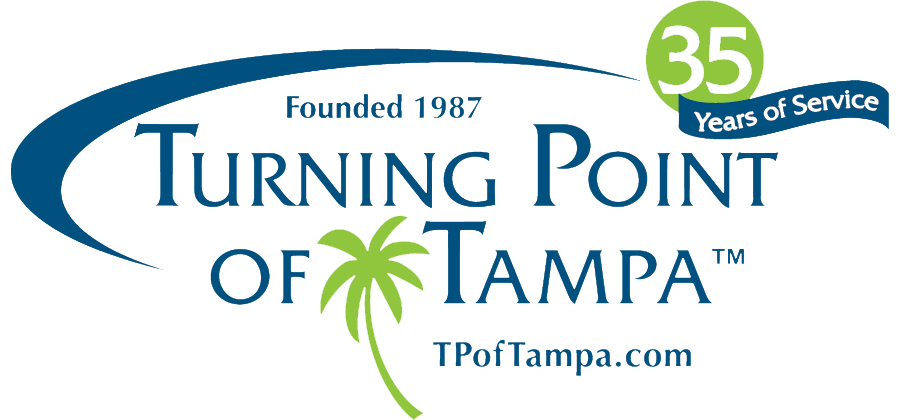What is Naltrexone?
Naltrexone is an approved medication by the Food and Drug Administration (FDA) to treat the withdrawal symptoms of both alcohol use disorder (AUD) and opioid use disorder (OUD).
Naltrexone can only be prescribed by a licensed physician. Naltrexone is a medication assisted treatment that is used to treat addiction to alcohol and opioids.
Naltrexone is available in a pill form for alcohol use disorder or as an extended-release intramuscular injectable for either alcohol or opioid use disorder.
While the oral formulation blocks opioid receptors, only the long-acting injectable formulation is FDA (Food and Drug Administration) approved as a medication assisted treatment.
According to the Substance Abuse and Mental Health Services Administration (SAMHSA), Naltrexone is not a recommended medication assisted treatment option for anyone younger than 18 years of age, or for people experiencing other health conditions.
Naltrexone for Substance Abuse Treatment
Naltrexone for Opioid Withdrawal
Naltrexone is typically used:
- As an experimental treatment during rapid withdrawal from opioid drugs due to opioid dependence
- To help with opioid withdrawal symptoms from heroin or other opioids. It helps people stay off those drugs because it will stop them achieving a ’high’ from their drug of choice.
Naltrexone Treatment for Alcohol Use Disorder
Naltrexone can also be prescribed to people who drink alcohol and have alcohol dependence. It can:
- Reduce the ‘reward’ effects of alcohol use
- Reduce the craving for alcohol consumption
- Reduce the quantity of alcohol consumed
- Reduce the tendency to want to drink more
- Help people remain abstinent from alcohol
How Does Naltrexone Manage Withdrawal Symptoms?
Naltrexone blocks and binds opioid receptors and reduces opioid cravings. Naltrexone blocks the sedative and euphoric effects of drugs such as codeine, morphine, and heroin.
It works differently in the body than methadone and buprenorphine, which activate opioid receptors in the body that often suppress cravings. It works in the brain by preventing opioid effects (e.g., feelings of well-being or pain relief).
Side Effects of Naltrexone
Taking Naltrexone results in few side effects, and they usually go away after taking Naltrexone for a few days.
The reported side effects of Naltrexone include:
- Sleep problems
- Tiredness
- Nausea or vomiting
- Anxiety
- Joint and muscle pains
- Headache
- Muscle aches
- Abdominal pain and cramps
Less common side effects include:
- Feeling energetic
- Depression and irritability
- Loss of appetite
- Chills
- Thirst
- Decreased potency
- Diarrhea or constipation
- Dizziness
- Skin rashes
Doses
The pill form of Naltrexone (Depade, ReVia) can be taken at 50 mg once per day. Naltrexone injectable extended-release form of the drug (Vivitrol) is administered at 380 mg intramuscular once a month.
A physician or doctor may order certain laboratory tests to check the body’s response to naltrexone.
Naltrexone Dose-related effects
There are more risks for adverse effects with large doses of Naltrexone rather than a lower dose. Large doses of Naltrexone may cause liver disease or liver damage.
Seek medical advice immediately if any of the following symptoms are experienced:
- Excessive tiredness
- Pain in the upper right area of the abdomen that lasts more than a few days
- Lowered liver function
- Unusual bruising or bleeding
- Yellowing in the eyes or skin
- Dark urine
- Loss of appetite
- Acute hepatitis
- Light-colored bowel movements
How is Naltrexone Used?
Naltrexone is taken as a pill or tablet. The length of time it is taken will depend on each person’s situation and needs.
Naltrexone can also be administered through an implant. Treatment with naltrexone implants is allowed in Australia under the TGA Special access scheme.
To be eligible for Naltrexone treatment for opioid dependence, a person must:
Have No Existing Liver Conditions
A person cannot have any preexisting liver conditions such as liver disease or acute hepatitis.
Have Not Used Heroin or Other Opioids for 7–10 days
Before starting Naltrexone, one should not use heroin or other opioids for at least 7-10 days prior. This includes illicit drugs that have opioids. Otherwise, acute, instant withdrawal may occur. People who intend to start Naltrexone treatment can expect to have a test to confirm that their body is clear of opioid drugs.
Although a doctor may prescribe medications, if they have an opioid base – they will need to be discontinued before treatment begins.
The Naloxone Challenge Test (NCT) is a test in which naloxone is administered to determine a person’s current level of physical dependence on opioids.
Seek Advice if Pregnant or Breastfeeding
Naltrexone may not be considered safe to use during pregnancy.
Is Naltrexone Addictive?
No, Naltrexone is not typically addictive. There is no potential for substance abuse or physical dependence with starting Naltrexone. Naltrexone is not addictive because it does not cause people to feel euphoric or high when using it.
Naltrexone binds and blocks opioid receptors while reducing the craving of alcohol or opioids lowering the risk of relapse. If people relapse and use the problem drug, Naltrexone prevents the feeling of getting high.
Risks with Other Drugs
If Naltrexone is taken with alcohol or other drugs there is a danger for complications, serious injury or an opioid overdose. This means that there is a serious risk of overdose if certain drugs are used after a missed dose of Naltrexone or after treatment is complete.
After stopping Naltrexone treatment, people may be more sensitive to lower doses of opioids, increasing the risk of possible life-threatening side effects from the opioid.
Addiction Treatment at Turning Point of Tampa
Opioids are a diverse class of drugs that include illegal drugs, such as heroin, synthetic opioids, such as fentanyl, and pain relievers that are available legally by prescription.
Many of these opioids have a euphoric and sedative effects and cause a multitude of mental and physiological effects, including long-term effects that can lead to lasting health consequences.
Addiction to opioids can be treated with a comprehensive treatment plan. Most treatment programs incorporate an array of therapeutic techniques, including individual therapy, group support, 12-step programs, addiction education, and other methods to promote long-term recovery.
Getting Help
If you or a loved one are concerned about opioid and painkiller use, please contact a treatment professional at Turning Point of Tampa as soon as possible.
As a licensed facility we provide vital resources to assist with managing withdrawal, selecting the appropriate program, and maintaining your recovery for the long term.
Turning Point of Tampa has helped individuals find recovery from addiction and drug abuse since 1987. If you need help or know someone who does, please contact us at 813-733-5907 or admissions@tpoftampa.com.
Naltrexone for Alcoholism
Naltrexone is a medicine that is used to treat alcoholism (addition to alcohol). It comes under the brand names ReVia or Vivitrol. It reduces your desire for alcohol.
Naltrexone Uses
Taking Naltrexone is used as a medical treatment to help people dependent on opioids who have stopped taking narcotics to stay drug-free. It is also used to help alcoholics stay alcohol-free.
Is Naltrexone a Narcotic
No, Naltrexone is not classified as a controlled substance by the U.S. Drug Enforcement Agency (DEA). Naltrexone is a full opioid antagonist that blocks euphoric actions only (meaning it cannot lead to addiction or a “high”).
Naltrexone Pills
Naltrexone pills are prescription drugs. They belong to a group of drugs known as opioid antagonists. These block the effects of heroin and other opioids.



